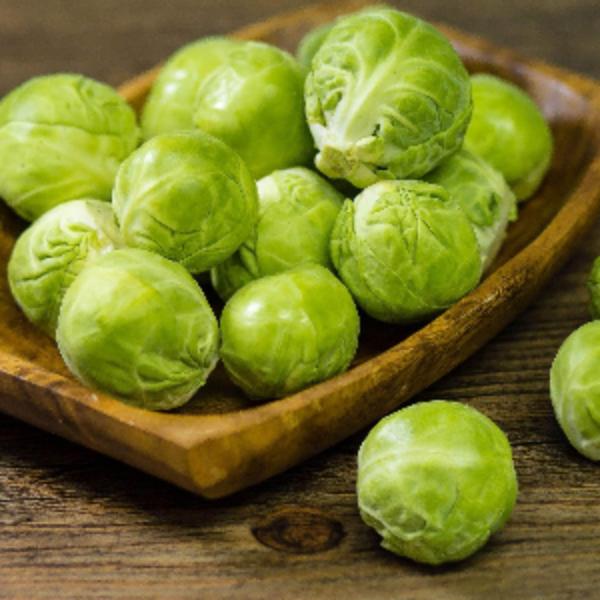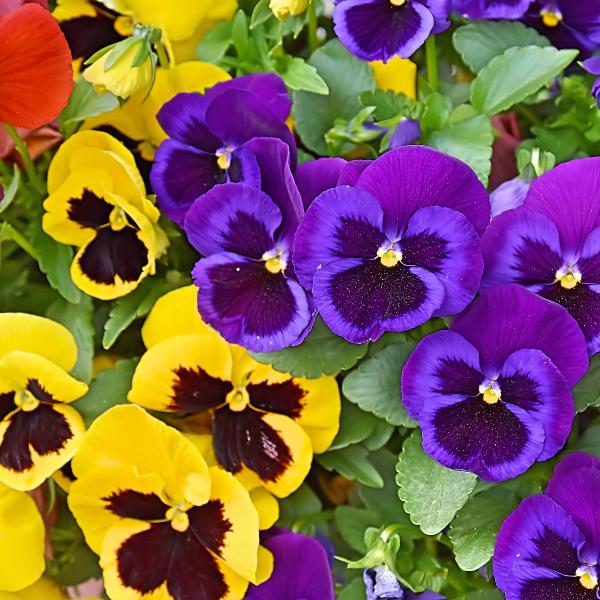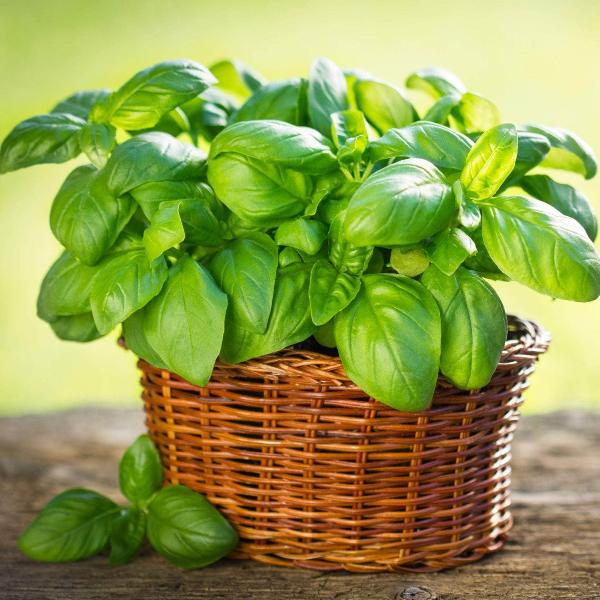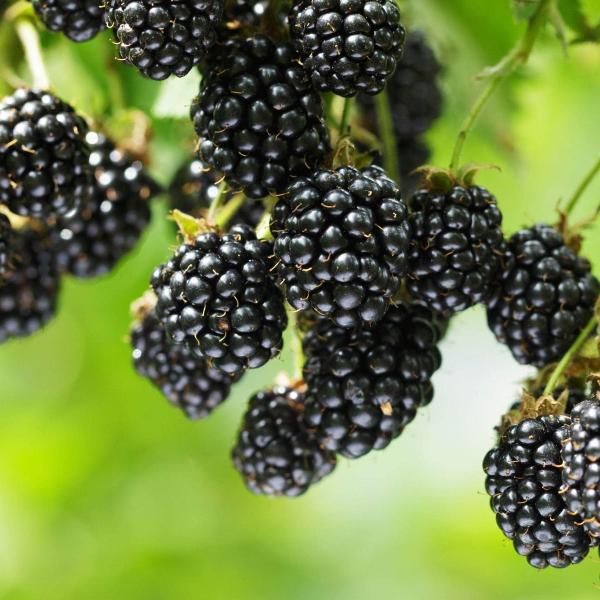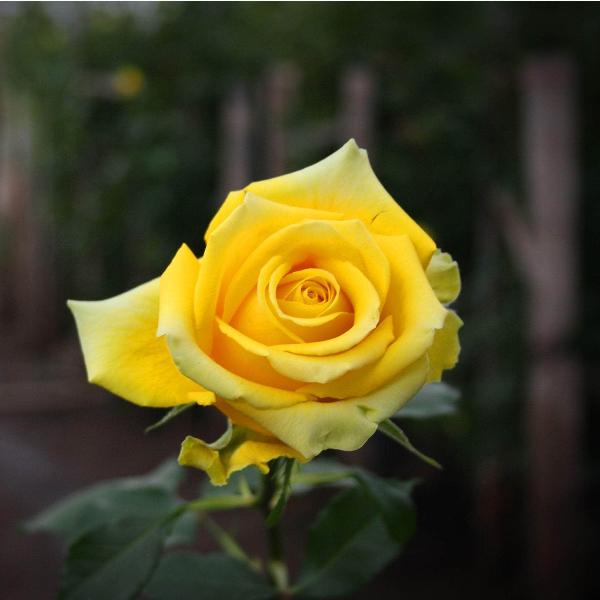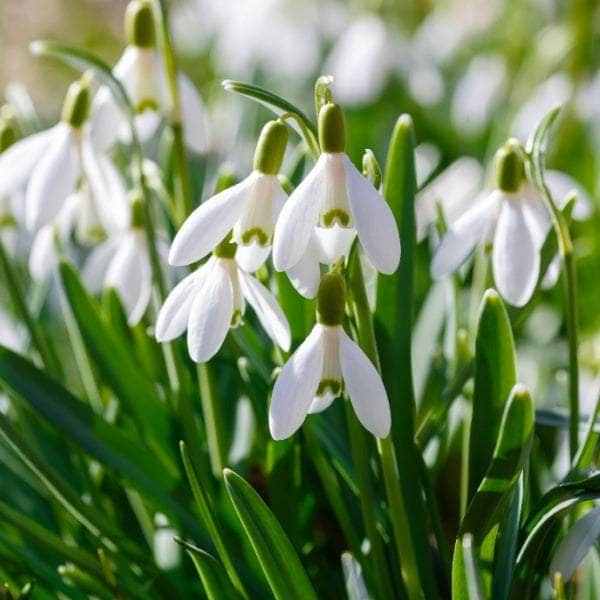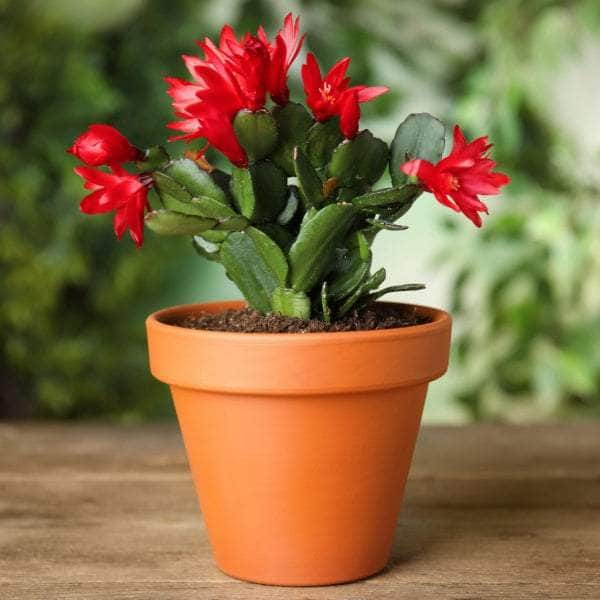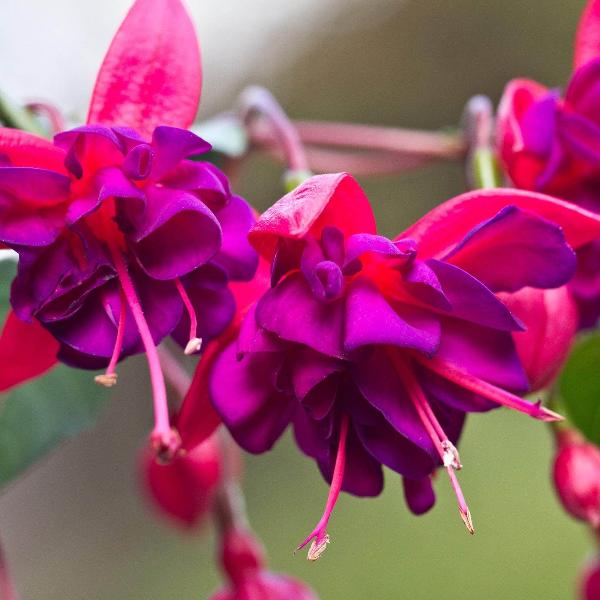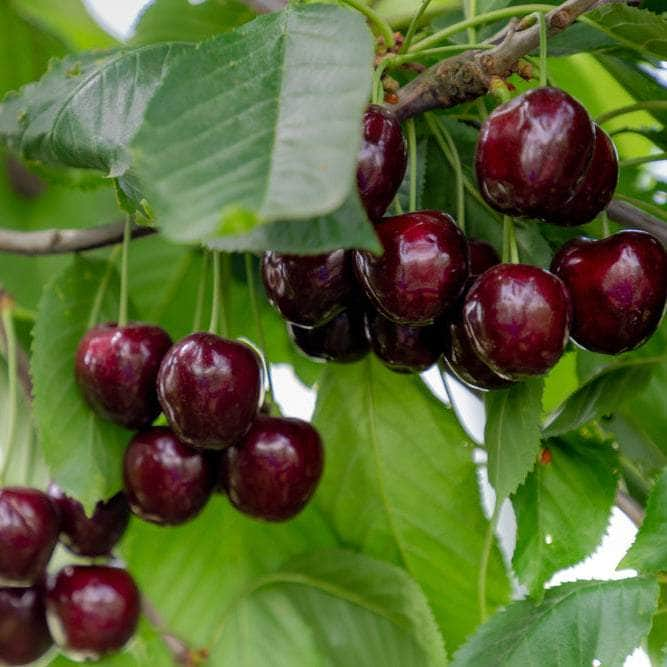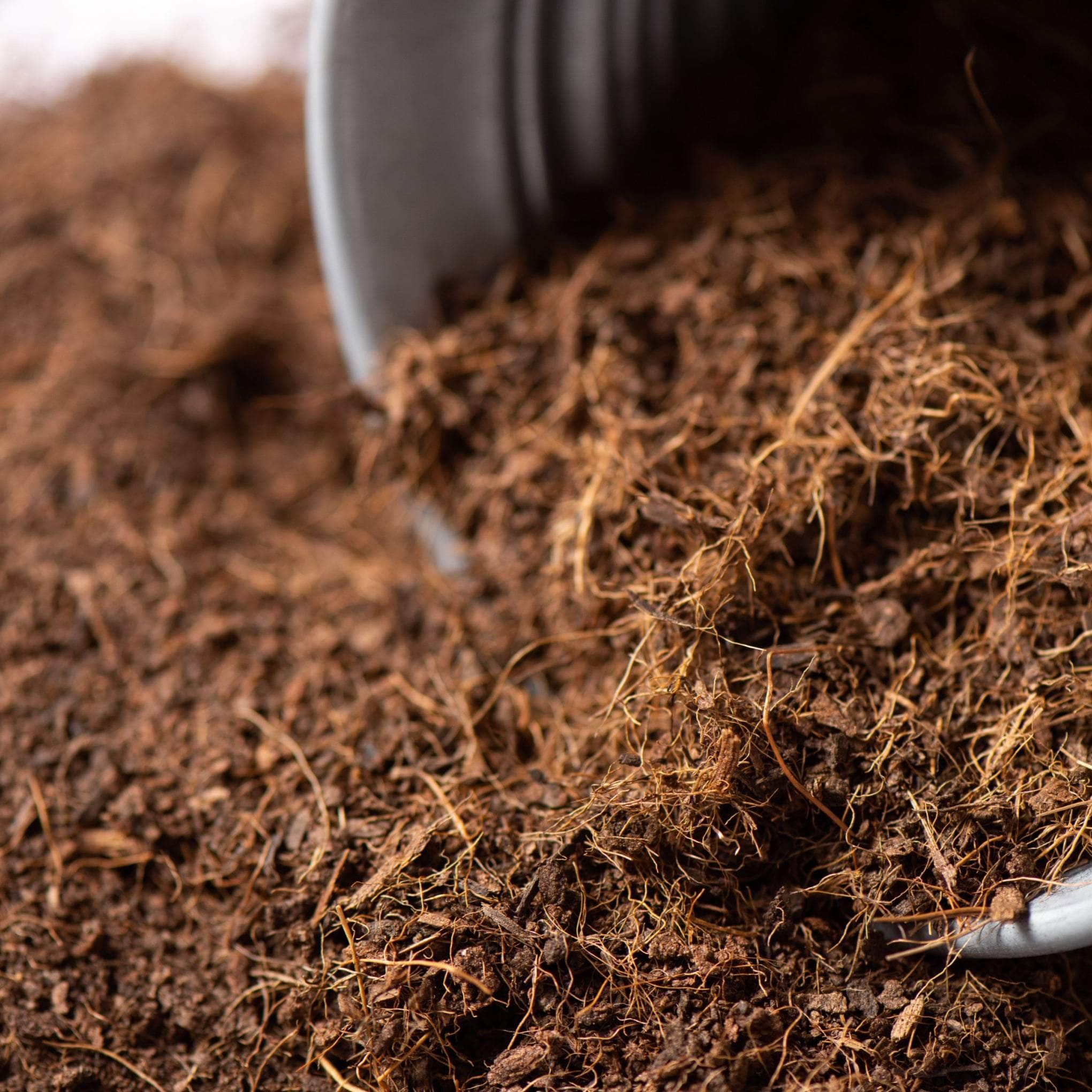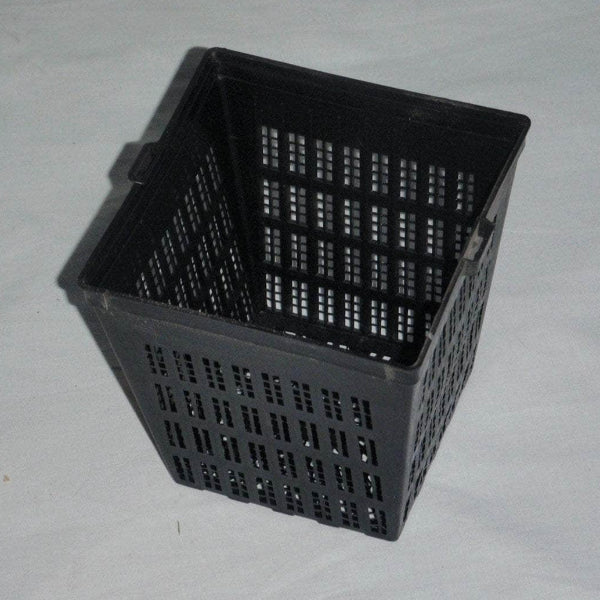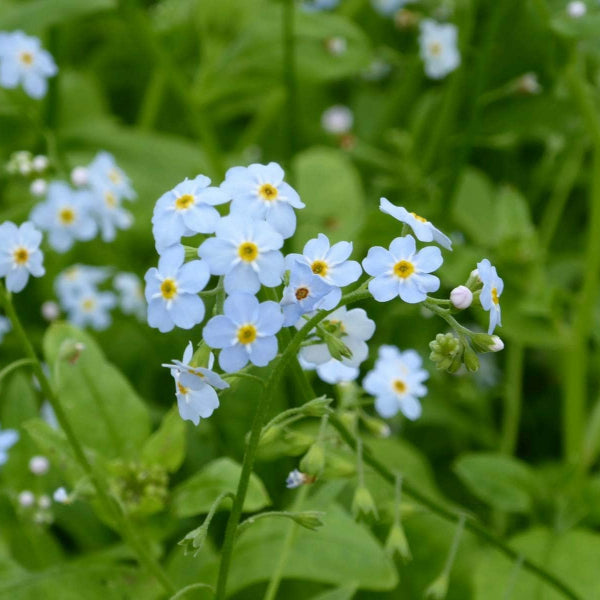The Ultimate Guide to Growing Forget-Me-Nots
Welcome to our ultimate guide on growing Forget-Me-Nots, the enchanting blue or pink flowers that are a delightful addition to any garden. These blooms, with their compact growth and deep blue flowers, are not only a feast for the eyes but also a magnet for birds and butterflies.
In this comprehensive guide, we'll delve into the symbolism and types of Forget-Me-Nots, the best practices for planting and care, and how to encourage more blooms. We'll also tackle common problems and solutions and the best companion plants for these charming flowers.
Let's embark on this gardening journey together and transform your garden into a vibrant oasis with these stunning spring flowers.
Understanding Forget-Me-Nots: An Overview

Dive into the world of Forget-Me-Nots, a charming blue flower that has captured the hearts of many gardeners. These flowers, also known as scorpion grass, are not just a feast for the eyes but also carry a rich history and symbolism. In this section, we'll explore the fascinating world of Forget-Me-Nots, from their deep-rooted symbolism to the various types that you can incorporate into your garden.
The Meaning and Symbolism of Forget-Me-Nots
The floral world is drenched in symbolism and at the heart of it, you'll often find the delicate Forget-Me-Not. Often associated with tales of eternal memory, fidelity, and honour, the Forget-Me-Not, also known as the 'scorpion grass', holds a strong sentimental place in our gardens and our hearts alike.
This charming small blue flower, often seen dotted in clusters across wild landscapes, carries an abundance of tales throughout history. In gardens of yore, Forget-me-nots were planted to keep memories of lost loved ones alive, their blue petals serving as timeless reminders of those dearly missed. They were used by folks as subtle symbols of their loyalty and unwavering love towards someone special.
In a more sombre context, the gentle Forget-Me-Not has been a symbol of remembrance for brave soldiers lost in war. A bloom in spring with blossoms deep blue in colour, their mere presence providing comfort and reflection during tough times.
Such meaningful connotations wrapped within their petite petals, the Forget-Me-Nots indeed serve as nature's unique memory keepers. Their name whispering a nostalgic plea to us: 'Forget me not', ensuring that memories, love, and honour stay eternally alive.
How to Plant Forget-Me-Nots

Planting Forget-Me-Nots can be a delightful addition to your garden, offering a sea of tiny blue flowers that are sure to captivate. This section will guide you through the process of planting these charming blooms, whether you're starting from seed or transplanting mature plants. We'll delve into the specifics of when and where to plant, how to grow from seed, and even how to cultivate Forget-Me-Nots in pots.
Remember, the key to successful planting lies in understanding the plant's needs and providing the right conditions. So, let's embark on this gardening journey together.
When and Where to Plant Forget-Me-Nots
Choosing the right time and place for planting Forget-Me-Nots is crucial for their bloom and longevity. Forget-Me-Nots should ideally be planted during the cool periods of early spring or late spring. This is due to their distinct preference for cool temperatures, a factor that directly impacts their growth.
Picking the right location in your garden is significant as well. The hardiness zone range of these flowers indicates their adaptability to different temperature ranges. Choosing the right spot is directly tied to your region's climate.
If your region experiences hot summers and mild winters, select a spot that gets partial shade. This would avoid your flowers from potentially wilting in harsh sunlight. But if your region gets mild summers and cold winters, a full sun location will accommodate Forget-Me-Nots best.
How to Grow Forget-Me-Nots in Pots
Growing Forget-Me-Nots in pots can be a rewarding endeavour, but requires an understanding of specific steps to ensure healthy plant growth. Firstly, the Forget-Me-Not plants should be carefully extracted from their nursery pot. It's important to remember that their roots might be tightly packed, hence a gentle teasing is required to separate them.
Once the plants are freed from their roots' constraints, they can be planted in a potting mix. It's vital to create a soil buffer around the plants during this process to provide adequate support to the plant base. Post-planting, a thorough watering is mandatory to hydrate the plants and prepare them for growth.
In order to maintain a moist environment, a mulch layer should be added to the soil. This not only aids in retaining moisture but also prevents root exposure. Lastly, optimal growth is facilitated by ensuring good drainage of your pot, and providing a cool space with moderate sun exposure.
Forget-Me-Nots Care and Growing Tips

Growing Forget-Me-Nots can be a rewarding experience, especially when you understand their unique care and growing needs. This section will provide you with essential tips on how to care for and grow Forget-Me-Nots successfully. From understanding their light requirements to knowing their soil and water needs, we've got you covered.
Light Requirements for Forget-Me-Nots
When it comes to the care of forget-me-nots, the significance of the plant's light requirements should not be underestimated. As the primary energy source for photosynthesis, light plays a pivotal role in a plant's health. Keep in mind that these plants flourish in full sunlight in more temperate regions. They adore soaking up the sun, and will transform it into vibrant blue flowers to brighten your garden.
Yet, in warmer, sunnier climates, forget-me-nots require a more delicate balance. Sunlight is still important, but too much can harm them. Here it's best to limit the plant's exposure to intense sunlight. Planting them in a shady spot that's shielded from harsh afternoon rays is ideal.
Don't overlook the effect of dappled light conditions on forget-me-nots. Dappled light refers to the sun that manages to filter through tree branches, creating a speckled lighting condition. Forget-me-nots are lovers of such conditions— they thrive under these natural light filters where sunlight and shade coexist harmoniously.
In summary, whether it's full sun, partial shade or dappled light, it's crucial to consider your region's specific conditions. These factors will help in making the best decision for your forget-me-nots' light requirements. Get this right and these charming blue blossoms will reward you magnificently.
Soil and Water Needs of Forget-Me-Nots
In terms of soil and water, Forget-Me-Nots are undemanding and relatively straightforward. They show a clear preference for moist, well-drained soils. However, the plant is highly adaptable and can also tolerate exceptionally damp or even waterlogged conditions. Therefore, you ought to keep the soil consistently moist.
This does not mean that your Forget-Me-Nots need to be swimming in water. Overwatering can cause the leaves to go limp, indicating water stress. In contrast, under-watered Forget-Me-Nots display wilted and crispy leaves. Hence, striking the right balance in watering is essential.
If you observe constant wilting despite correct watering, it might indicate soil drainage issues. In this case, consider replacing the existing soil with a better-draining one to rectify the issue. After watering, the soil should feel damp but not water-logged.
Temperature and Humidity Preferences of Forget-Me-Nots
Indeed, forget-me-nots pack a punch when it comes to their unique growing preferences. Climate plays an invaluable role in their life cycle. Although they can bloom across a wide hardiness zone range, these little champs have an Achilles heel when it comes to high humidity and temperature.
In the scorching summers, particularly in the South, forget-me-nots often deal with a significant challenge. Instead of flourishing, such conditions might impede their growth, in some cases resulting in the plant's demise.
One might wonder, well what then? The answer is to devise a strategy to align with the atmosphere. Treat these exquisite plants as cool-season annuals. Alternatively, search for species and varieties that are known for their heat tolerance.
Summers essentially extract a heavy toll on the lovely forget-me-nots. So, it’s crucial to ensure that the plants are well equipped to tackle the heat. Turn adversity into opportunity by opting for robust varieties that can weather the storm. An intimate understanding of the temperature and humidity preferences of your forget-me-nots is key to cultivating them successfully. Be mindful of these factors, and you will be rewarded with a delightful garden full of these vibrant, low-growing gems.
Fertiliser and Pruning Tips for Forget-Me-Nots
Forget-Me-Nots are rather undemanding when it comes to nutrition. They require an annual dose of a balanced all-purpose fertiliser, like a 10-10-10 formulation. Administer this in the spring for optimal plant health. You should adhere to the quantity suggestions as provided by the product manufacturer.
When transforming your garden space with these vibrant plants, one vital tip is regarding pruning. Why prune? The main reason is to curb whimsical reseeding. Pruning ensures your garden remains organised and prevent forget-me-nots from spreading uncontrollably.
Fertilization, while simple, is essential. Nordic tales depict forget-me-nots as persistently resilient flowers. That being said, an alternative form of nourishment could include the fortifying compost, aligning wonderfully with sustainable garden solutions. With this approach, it's important to respect label instructions for proper dosage.
Your garden will thrive with meaningful attention. Forget-Me-Nots might not demand excess nourishment, but they do appreciate their needs being met. Remember, moderation is key. You're on your way to nurturing an enchanting sea of glorious blue forget-me-nots, adding colour and charm to your outdoor sanctuary.
Encouraging More Blooms in Forget-Me-Nots

In the world of gardening, the allure of Forget-Me-Nots is undeniable. Their vibrant hues make them a delightful addition to any garden. However, coaxing these beauties into producing more blooms can be a bit of a challenge.
In this section, we'll delve into the art of encouraging more blooms in Forget-Me-Nots. We'll explore techniques that can help these charming flowers bloom all summer, transforming your garden into a vibrant spectacle.
Understanding the Bloom Months of Forget-Me-Nots
In gardening, timing is everything, and understanding the bloom pattern of your Forget-Me-Nots can significantly improve their overall performance. Typical Forget-Me-Nots bloom during the spring months, typically from April to May, showing off their intense colours for several weeks, rather than blooming all summer.
By understanding the bloom zone and pattern, you place yourself in a better position to encourage additional blooms. Furthermore, possessing this knowledge allows for better garden planning as you accurately anticipate when these charming plants will add their distinctive allure to your garden.
The remarkable news is that despite their short bloom period, due to their dense growth, Forget-Me-Nots still make a substantial contribution to any garden space even when they aren't in peak bloom. They are great companions to other woodland plants and superb additions to any garden plan, celebrated by gardeners worldwide and often featured in renowned publications like the 'Gardener's World Magazine'.
So, as you engage with the colourful world of Forget-Me-Not, familiarise yourself with their bloom routine to fully optimize their vibrant contributions to your garden. It's not about making them flower all summer, but about enhancing what nature designed them to be - a superb spring spectacle.
How to Encourage More Blooms in Forget-Me-Nots
Growing forget-me-nots can be a delightful addition to any garden with their vibrant and relentless bloom. However, encouraging more blooms might require a bit of an extra push. To achieve this, one technique that works wonders is called 'deadheading'. Deadheading involves the removal of old blossoms to pave the way for fresh growth.
When a bloom begins to wilt or lose colour, the simple act of trimming back the flower to the first leafed stem can spur new life into your forget-me-nots. This method also helps to control the seeding and spread of your plants, an important addition to any garden plan if you intend to keep a compact growth.
Forget-me-nots bloom in spring, but with this method, they can bloom all summer, brightening any gardeners world. These tiny flowers are not only a good companion to other plants in your garden but are also a show of your expert gardening skills. Practice kindness to your forget-me-nots and they will undoubtedly return the favour with a stunning bloom zone.
Common Problems and Solutions in Growing Forget-Me-Nots

Growing forget-me-nots can be a rewarding experience, but like any plant, they come with their own set of challenges. From common pests and diseases to managing their growth, these beautiful additions to any garden require a certain level of care and attention.
In this section, we'll delve into the common problems you might encounter when growing forget-me-nots and provide practical solutions to keep your plants healthy and thriving. Whether you're a seasoned gardener or a beginner, this guide will equip you with the knowledge you need to overcome these hurdles.
Identifying Common Pests and Diseases in Forget-Me-Nots
One major concern for gardeners around the world when cultivating forget-me-nots, is how they fare against pests and diseases. Foremost on this list is powdery mildew, a common problem that gardeners face, and easily recognisable by its unsightly white powder-like substance on the plant’s foliage. Similarly, rust may also pose a challenge, with orange spots proliferating under the plants' leaves, another obvious sign of a disease in the forget-me-not.
Equipping oneself with knowledge about these problems brings you one step closer to becoming proficient in problem-solving for forget-me-nots. Satiate your curiosity further with updates from gardeners world magazines, which often focus on such common garden plans. In a nutshell, forget-me-nots are great additions to any garden but come with their set of challenges. Being prepared helps wonderfully in maintaining a flourishing garden and keeping these challenges at bay.
Solving Common Problems in Growing Forget-Me-Nots
In the gardener's world, managing forget-me-nots can pose a unique set of challenges. The most common problem with this eye-pleasing addition to any garden is the occurrence of powdery mildew and pest infestations. Your forget-me-not's might present wilting leaves or unsightly scarring as signals of distress.
Powdery mildew, often seen as a faint dusting on the leaf surface, can pose a significant issue. The key to managing this problem is adjusting the watering habit. A proactive step is to water under the leaves, avoiding overhead watering that can leave the vegetation damp for longer periods, propitiating fungal growth.
Garden pests, such as aphids, are another common source of problems with forget-me-nots. These pests can inflict visible damage and hinder the plant's overall health. Implementing a garden plan that incorporates natural pest deterrents, such as companion planting or friendly insects, can be a great defence mechanism.
Preventing the overgrowth of forget-me-nots is another challenge. Deceptively powerful as a ground cover, they can quickly reseed and overrun other areas of your garden. Regular maintenance efforts, such as deadhead blossoms and controlling their seeding, can effectively manage growth, ensuring your gardeners world magazine-worthy garden remains balanced and beautiful.
Final Thoughts on Growing Forget-Me-Nots

In conclusion, growing Forget-Me-Nots is a rewarding endeavour that adds a splash of true blue to your garden. These charming flowers, with their ability to thrive in sun or partial shade, are a delightful addition to any garden plan. They are not only beautiful but also attract a variety of wildlife, enhancing the biodiversity of your garden.
Remember, the key to successful growth lies in understanding the plant's needs.
From sowing the seeds in moist soil to ensuring they receive speckled light, every step is crucial. Don't forget to keep an eye out for common problems like powdery mildew and ensure the soil remains consistently moist.
Finally, whether you're a seasoned gardener or a beginner, the joy of seeing these deep blue flowers bloom in spring is unparalleled. So, why wait?
Start your gardening journey with Forget-Me-Nots today and experience the magic of nature in your own backyard.


